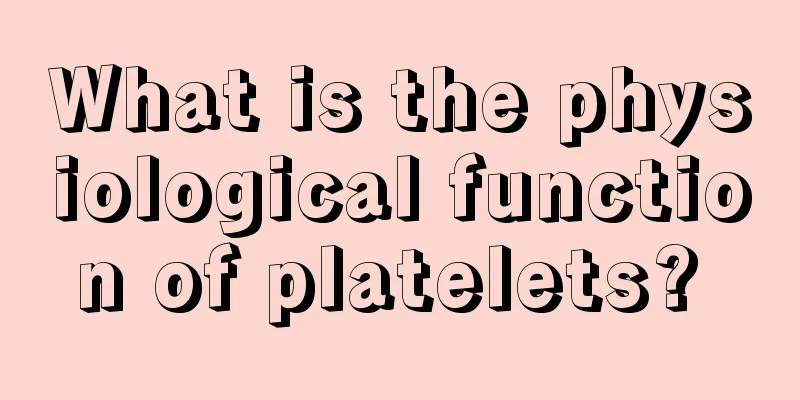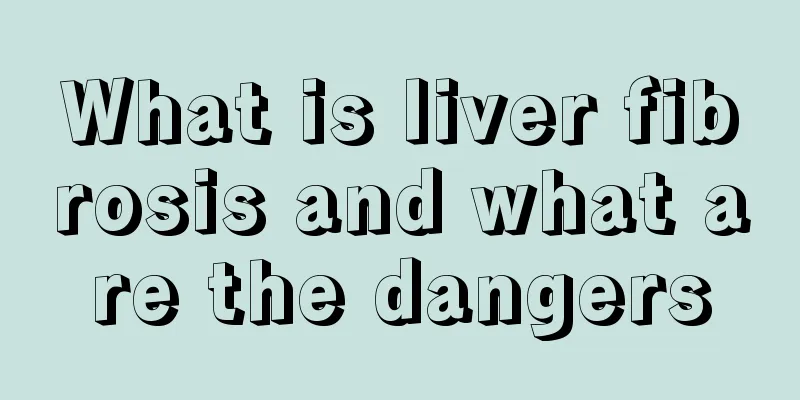What is the physiological function of platelets?

|
As we all know, platelets are a substance in the blood. The so-called leukemia in daily life is related to platelets. The main problem is that there is a problem with the coagulation mechanism. If there are no platelets, it will be difficult to stop bleeding once our body starts bleeding. If I were to describe it, platelets are like our glue. So, from a scientific point of view, what are the physiological functions of platelets? Platelets are small pieces of cytoplasm that detach from the cytoplasm of mature megakaryocytes in the bone marrow. Although megakaryocytes are the smallest in number among the hematopoietic cells in the bone marrow, accounting for only 0.05% of the total number of bone marrow nucleated cells, the platelets they produce are extremely important for the body's hemostatic function. When blood is lost due to vascular trauma, the functional activities of platelets in the physiological hemostasis process can be roughly divided into two stages: the first stage is mainly after the trauma occurs, platelets quickly adhere to the trauma site, aggregate into clusters, and form a relatively soft hemostatic plug; the second stage is mainly to promote blood coagulation and form a solid hemostatic plug. Three major physiological functions of platelets 1. Vasoconstriction: The vascular endothelium is damaged, platelets adhere to the subendothelial tissue and release vasoconstrictor substances such as 5-hydroxytryptamine and TXA2, causing vasoconstriction. 2. Platelet thrombosis (1) Platelet adhesion identifies the site of injury and allows the hemostatic plug to be correctly positioned. (2) Activated platelets release ADP and TXA, which promote irreversible platelet aggregation and form platelet thrombus, achieving initial hemostasis. 3. Blood coagulation (1) Activated platelets provide a phospholipid surface for the activation of coagulation factors during blood coagulation, and participate in the activation of coagulation factor X and prothrombin in the intrinsic and extrinsic coagulation pathways. Platelets also release coagulation factors such as fibrinogen, which greatly accelerates the coagulation process. (2) The platelets in the blood clot contract, causing the blood clot to retract and squeeze out the serum, making the blood clot more solid and firmly sealing the damaged part of the blood vessel. |
<<: What's the matter with the itchy waist
>>: What does bone marrow extraction check?
Recommend
How long does it take for gastritis to turn into gastric cancer
Whether a gastritis patient will develop cancer d...
Experts explain what are the factors that lead to nasopharyngeal cancer?
Everyone wants to have a healthy body, but there ...
What are the early symptoms of neck lymphoma
I believe many patients have heard of lymphoma, a...
What are the symptoms of nasopharyngeal carcinoma
What are the symptoms of nasopharyngeal cancer? 1...
What are the benefits of practicing yoga?
Yoga is an imported culture. Nowadays, more and m...
What is Jiagong
Thyroid function is a very important part of mode...
What kind of teeth are good to fill
Nowadays, many people do not pay attention to the...
Where should I scrape if I have trouble sleeping
In recent years, in addition to cupping, a kind o...
Early manifestations of rectal cancer in women
Rectal cancer is a serious health-threatening dis...
What are the causes of jaw joint disorder syndrome
For young and middle-aged people who are in their...
The harm of bamboo wine
Among various types of alcoholic beverages, many ...
What is the effect of fumigating a room with vinegar
Vinegar is a common condiment and many families u...
What are the factors that cause nasopharyngeal carcinoma
Nasopharyngeal cancer is more common in men, and ...
How should anal fistula be treated surgically?
Anal fistula, also known as anorectal fistula, is...
Can ginseng, scutellaria and atractylodes remove dampness?
In life, many people suffer from varying degrees ...









